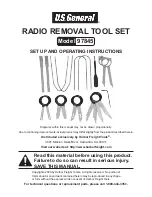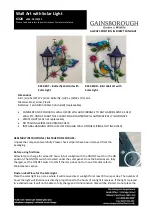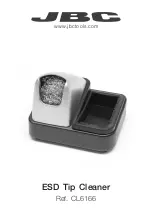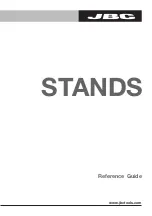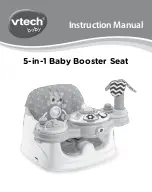
5
Some Information About Wingsuit Parachute Openings
PLEASE NOTE: The PC selection, bridle size, packing techniques, etc, which are discussed in this
manual are not only specific to the EPICENE. This is information that, according to our testing and
experience, applies to any canopy used for wingsuiting.
Openings, and the factors that determine opening characteristics
It is important to tailor your openings to your desired speed, consistency, and force, by controlling
not only packing technique but also flight speeds and body position at deployment. The EPICENE’s
design is optimized for opening consistency; however it is up to the jumper to ensure that all factors
are properly considered and controlled in order to maximize the chances of a desirable result.
Pilot Chute (PC)
When flying a wingsuit, a larger pilot chute than what is typically used for normal skydiving is
recommended. Always configure your equipment under the guidance of a qualified rigger with
wingsuit knowledge and experience. Pilot chute designs and materials vary, and it is not possible
to recommend one ideal pilot chute type or size for all wingsuit use. Our testing suggests that gear
configuration, atmospheric conditions, and flying technique will all affect parachute deployments.
Based on guidance from experienced riggers and wingsuit pilots, you should choose a PC that
is most appropriate for your canopy size, wingsuit type, and the conditions you are jumping in.
Bridle
Bridle length is a key factor for wingsuit jumping. It is recommended to use a bridle that is long
enough to extend the pilot chute beyond the worst area of wake turbulence behind you during
deployment. Many skydiving bridles are considered to be too short for wingsuit use. Today, many
wingsuit pilots use bridles that are in the range of >8’ in length, from pin to PC.
Deployment bag
Testing has shown that stowless d-bags can yield better openings than traditional rubber-band-
stow d-bags. Consider their use under the guidance of an experienced rigger who understands
the factors around wingsuit parachute deployments.
Slider Positioning
During packing, it is critical that you position your slider symmetrically and seat it properly against
the slider-bumpers on your canopy. The aspect ratio of the EPICENE’s slider is designed specifically
for this canopy, and it is vital that you consult with Squirrel before changing your slider.
Collapsing and resetting your slider
The EPICENE’s collapsible slider must be reset to the fully extended position each time you pack
your parachute. Failure to do so may result in equipment damage, serious bodily injury, or death.
Controlling your Burble (wake turbulence)
Wingsuits can create massive burbles, or wake turbulence, compared to what is common during
normal skydives. This turbulence can have very negative effects on the quality of your parachute
openings. In order to increase the chances of a desirable opening, it is important to minimize your
pilot chute and parachute’s exposure to wake turbulence. This means that you must understand the
causes of the turbulence and the remedies to reduce it.
Wingsuit wake turbulence is determined, in part, by three important factors: angle of attack,
airspeed, and wingsuit surface area.
1. Angle of Attack
– At deployment, the ideal angle of attack allows a smooth and laminar
airflow across the top surface of your wingsuit, without excess airspeed. If your angle of attack is















